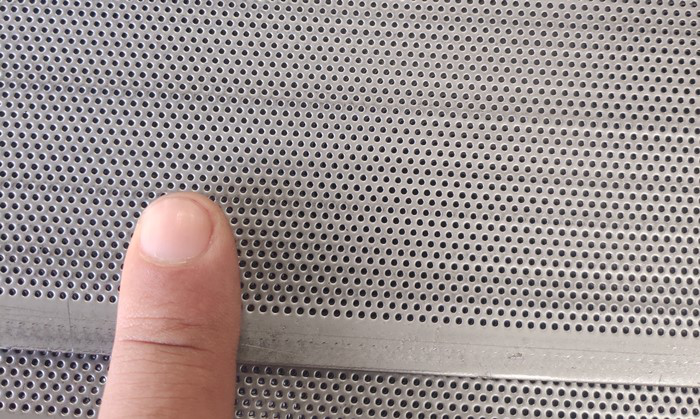Determining the Minimum Hole Diameter of Perforated Plates
Source:www.cn-psp.cnAuthor:河北森驰公司 Last updated:2025-05-11 09:22:11 Browse:
The minimum hole diameter of a perforated plate fundamentally depends on the thickness of the base material. In practice, you cannot punch a hole smaller than the sheet thickness—otherwise the punch tool cannot fully penetrate the metal, leading to burrs, tears, or even tool damage. Therefore, if you need smaller holes, the only solution is to choose a thinner base plate.
Examples
1.0 mm plate thickness: you can typically punch at least a 1.0 mm round hole.
5.0 mm plate thickness: the minimum hole diameter should generally be 5.0 mm.
0.1 mm plate thickness: under precision manufacturing conditions, holes as small as 0.2 mm can be achieved.
As shown, thinner perforated plates enable smaller apertures; however, material strength and post-processing must be considered to avoid deformation or insufficient rigidity.
Material Selection and Application Recommendations
Engineering Applications
For load-bearing or structural support, choose a plate thickness no less than 1.0 mm to ensure sufficient rigidity.

perforated sheet
Precision Filtration
When very small apertures are required, use metal foils with thickness between 0.1 mm and 0.3 mm, combined with specialized laser or micro-perforation equipment.
Post-Processing
Ultra-thin plates tend to warp after punching; perform annealing or flattening before and after perforation to maintain a flat finished surface.
By following these principles and recommendations, you can design and procure perforated plates that meet requirements for light transmission, ventilation, or filtration while ensuring manufacturability and final quality.
